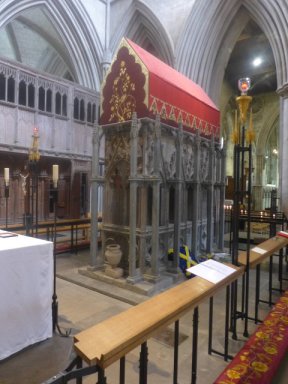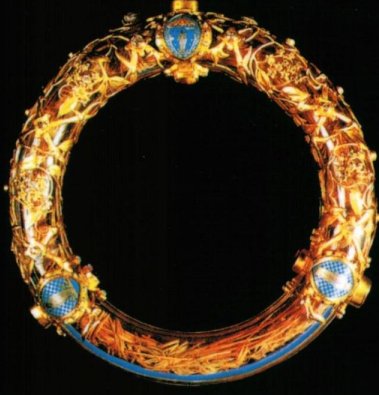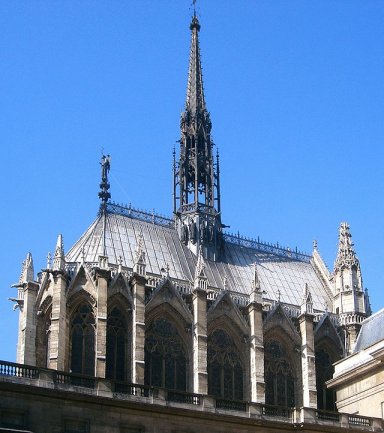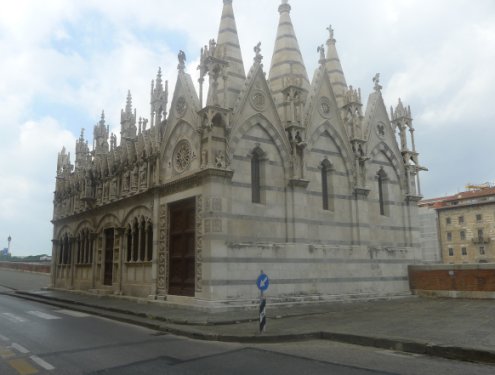|
The Passion of Christ |
|
|
The Crown of Thorns and the mockery of Christ - 3 |
|
|
An aside on relics I'm aware that there are mixed reactions to the topic of relics, particularly bits and pieces from bodies. Visitors are often startled to see entire bodies on view in glass cases when visiting Italian and Spanish churches. I find the idea intriguing rather than shocking, but then I have a fondness for such traditions. Of course, in England all such relics were swept away in the reformation; for reasons of religious conviction, yes, but also so that Henry VIII could get his hands on the money invested in the magnificent, bejewelled shrines. And yet, maybe there are changes afoot. On a recent visit to the Anglican Cathedral at St. Albans, we looked at the magnificent new shrine to St Alban, created in the past few years and containing a bone supposedly from that first English martyr. |
|
|
|
|
|
As you might expect, not all Anglican approve. When I
mentioned to a friendly cleric in the cathedral the comment made on the
new shrine by the (Catholic) Archbishop of Westminster I was given
a thoroughly disapproving look. The archbishop had said 'maybe the
reformation is at last over!' First class relics are described as the physical remains of a saint, or items connected with the life and death of Christ. And so back to the Crown of Thorns, decidedly a first class relic. Of course, there is much debate - and scepticism - about the genuineness of any given relic. The Crown of Thorns relic, now at the Cathedral of Notre Dame in Paris, certainly has a long history of veneration. |
|
|
|
|
|
According
to legend, it was one of the many relics brought back to Constantinople
by St. Helena, a lady who must have seriously exceeded her baggage
allowance. Other legends suggest it didn't arrive their until the
eleventh century. Louis IX acquired it in 1238 by a clever piece of
politicking, and brought it to Paris. It consists of entwined rushes -
the actual thorns had been removed and placed in separate reliquaries.
Interestingly, those thorns that have been examined turned out to be
from Ziziphus spina-christi, a thorny plant growing in the Holy Land and
regarded as having sacred properties by both Christians and Muslims. So what has all this to do with art? Well, not art but architecture. In 1238 The spiny thorns chimed beautifully with spiky gothic architecture, and what better example could there be than the relic's original home, Sainte-Chapelle? |
|
|
|
|
| Of course Paris couldn't lay claim to all of the thorns - everyone just had to have one. Many of these were in fact third class relics, that is to say objects that had become sacred by touching a first class relic, i.e. coming into contact with a thorn regarded as a original. Whether the thorn that ended up in Pisa was first or third class is not known, but it was contained inside a beautiful - and spiky - building, Santa Maria della Spina on the banks of the Arno. Inside is the reliquary of the thorn, but the thorn itself is missing - gone no-one knows where. | |
|
|
|
| And yet - the church was built in 1230, but the thorn itself didn't arrive until a hundred years later, when the church was given its present dedication. It's almost as if the little church was expecting it.. | |




